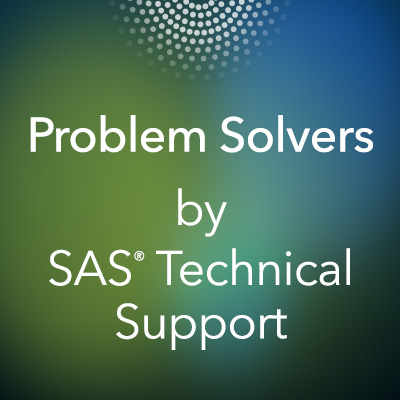When developing SAS applications, you can feed database tables into your application by using the libname access engine either by directly referring a database table, or via SAS or database views that themselves refer to one or more of the database tables.
However, such on-the-fly data access may not be efficient enough, especially for interactive SAS applications when system response time is critical. In case of distributed systems where a database might reside on one server, and the SAS Application server – on a different physical server, user wait time caused by delays in data access across networks and databases might become intolerable. In such cases, it makes perfect sense to extract database tables and load them into SAS tables in advance, preferably placing them on (or close to) the SAS Application server. That will ensure higher operational efficiency (responsiveness) of the interactive SAS application.
SAS Data Integration Studio provides a powerful visual design tool for building, implementing, and managing data integration processes across different data sources, applications, and platforms.
However, in case of multiple tables, loading them one by one using even such a powerful tool might become a bit tedious. In an automation paradigm, being “visual” is not necessarily a good thing; when we automate it implies that we want to get things done without visualizing or even seeing them.
Email us: info@epoch.co.in
SAS Training & Placement Programs with Internship*:
Largest and Oldest SAS Training Institute
Epoch Research Institute Links:
+91 79 40327000|+91 80 49077000|+91 44 42641500
Epoch Research Institute Links:
http://www.epoch.co.in/
https://www.facebook.com/EpochResearchInstitute
https://twitter.com/epochresearch
https://www.linkedin.com/company/epoch-research-institute-india-pvt-ltd-
http://www.epoch.co.in/
https://www.facebook.com/EpochResearchInstitute
https://twitter.com/epochresearch
https://www.linkedin.com/company/epoch-research-institute-india-pvt-ltd-


No comments:
Post a Comment